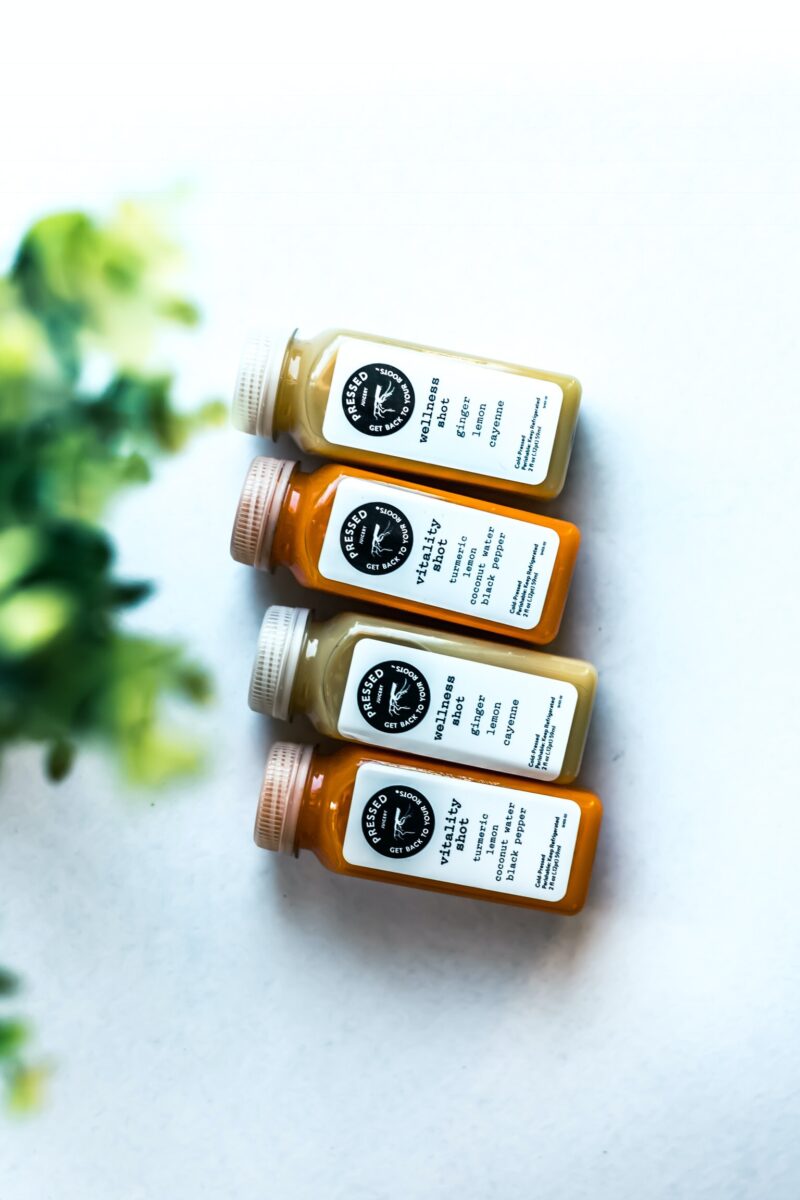The History of Product Labels Including Milestones

Product labels have been around since ancient times to identify their products. The wine and medical industries led the way, with Roman winemakers using markings to indicate the type of wine in the bottle, the grower or winery, and the region where it was produced. Doctors and medicine makers around 400 A.D. did the same to identify their medicinal herbs and potions.
The Industrial Revolution led to a dramatic increase in the production and sale of goods, and the need for more sophisticated product labels became more crucial. Massachusetts was one of the first states to require that goods be identified with labels so that customers could differentiate one product from another. Soon, other states followed suit.
Now that they were required, manufacturers and organizations realized that labels could be used to promote products for marketing purposes.
This was further highlighted in the late 19th and early 20th centuries. Advances in printing technology made it possible to produce high-quality product labels at low cost—leading to a proliferation of more attractive, colorful, eye-catching labels that captured consumers’ attention and promoted sales.
Product Labels Milestones
Below are key milestones in the history of product labels:
- Early 1700s: A Franciscan monk used a piece of string to attach scrap paper around a wine bottle. The note on the scrap paper indicated the type of wine in the bottle.
- 1800s: Lithography was invented, producing higher-quality labels possible. This allowed sheets of labels to be made that adhered to products using what was termed “animal glue.”
- 1845: The book History of Drug Containers and Their Labels was published. It taught medical manufacturers and pharmacists how to design more eye-catching labels.
- 1850s: The industrialization of agriculture led to the need for food labels. Before that, many food items had no labels whatsoever.
- 1850s: Color printing improves and many labels were now made in various colors.
- 1890. Flexography, or “Flexo,” was patented in England. Flexo printing differs from standard forms of printing in the way printing plates are constructed and utilized. One benefit: they improved the speed of label production.
- 1930s. Being a logo designer emerged as a profession. Logo designers designed labels that were added to product labels to help market products.
- 1938. The Food, Drug, and Cosmetic Act is passed. This act required drug labeling to include a list of ingredients and prohibited manufacturers from making false and misleading claims. This helped the entire labeling industry. It helped consumers trust labels and product labels became much more important.
- 1963: GENflex Labeling Solutions is started in Atlanta, GA. GENflex has become one of Southeast’s leading full-service labeling manufacturers.
1967: The Fair Packaging and Labeling Act is passed in the United States. This act requires food labels to include product ingredient declarations.
1980s: Labels become essential on all consumer products with the introduction of bar codes.
1990s: Software programs were introduced so companies could design their own labels. However, their capabilities were limited. However, most organizations use label designers. Why? Superior-designed labels sell products.
1990: The Nutrition Labeling and Education Act is passed in the United States, requiring food labels to include nutrition facts panels.
2003. The Esko Digital Flexo Plate Imager is introduced. GENflex uses this printing system. This technology has proven it can address any design challenge. It is considered one of the best technologies available to produce high-quality digital flexo plates.
Product labels have evolved to become more informative, attractive, and sophisticated than ever before. Marketing experts believe that labels play a major role in determining the success or failure of a new product introduction. They either catch the consumer’s attention or fail to do so. GENflex ensures that their labels do catch your customer’s attention.
GENflex Labeling Solutions delivers labeling solutions for your brand and your products. Learn more about how we can help you succeed here.
Genflex is a General Paper Company.

